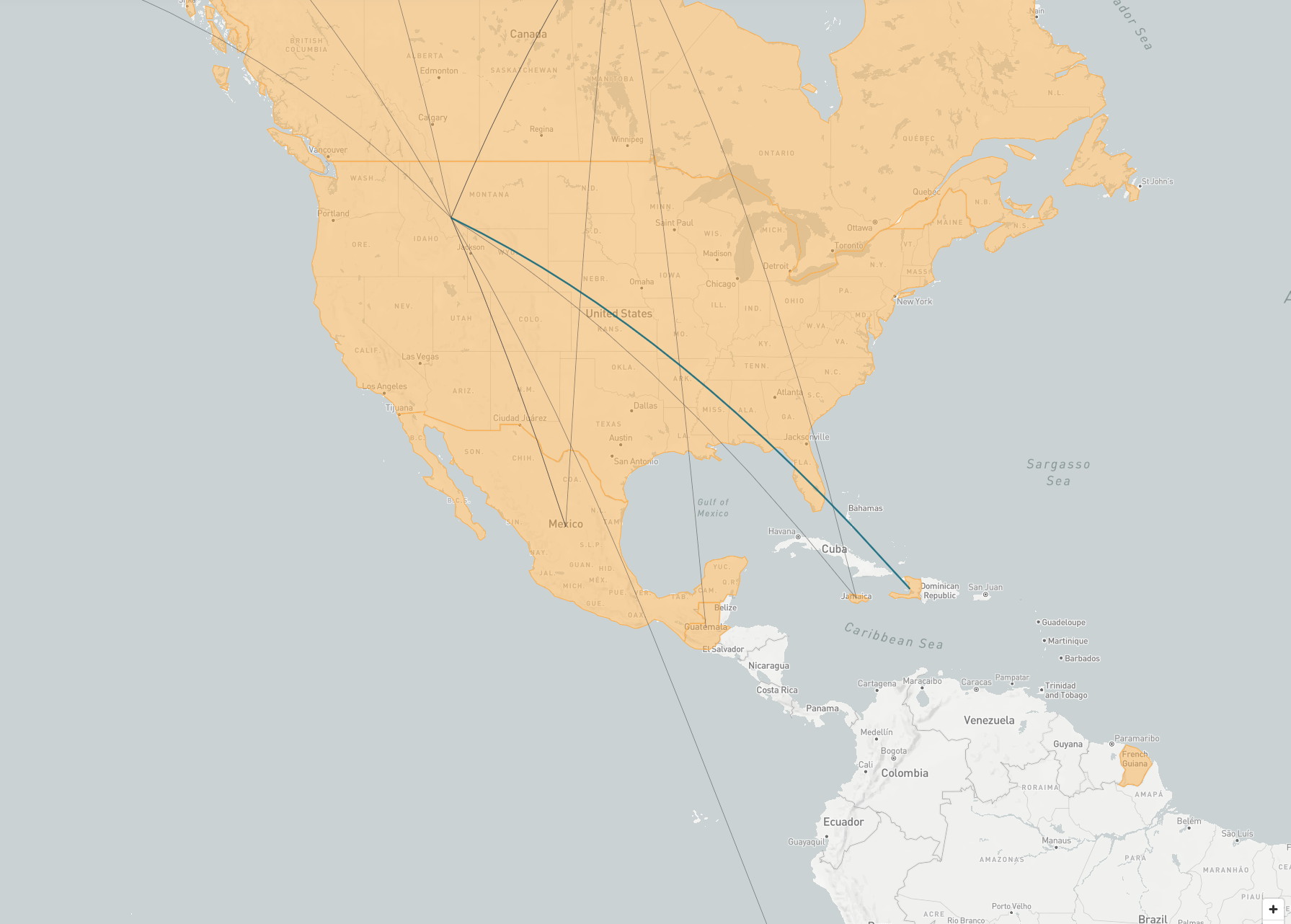- Country of destination: United States
- Country of origin: Haiti
- Sectors: Agriculture, Horticulture, and Food Processing
- Skill level: Low
- Timeline: December 2014 - December 2016
- Number of beneficiaries: 100
Overview
This program was designed to connect Haitian farmworkers with US employers certified as unable to recruit US seasonal agricultural labor. The main objective was to establish a mechanism for identifying suitable source communities in Haiti, help with the selection of candidates, and monitor seasonal workers during their stay in the United States.
Why was it started?
The pilot program was designed as a form of post-disaster development assistance to Haiti. In January 2010, an earthquake in Haiti killed 200,000–250,000 people and caused economic damage of more than US$8 billion. At the time, Haitians were not eligible for employment-based visas to the United States.
In response to the disaster, members of Congress and a coalition of NGOs started an initiative to make Haitians eligible to apply for seasonal employment visas. In January 2012, Haiti became eligible for the H-2 low-skill seasonal work visa, a program permitting US employers to hire foreign workers for a pre-determined period of time if no Americans were willing or able to do the work. The pilot program created in the late 2014 was designed to evaluate the impact of seasonal work visas on Haiti and the United States.
How does it work?
The program was implemented by Protect the People (PTP), the National Office for Migration (ONM), the Center for Global Development (CGD), the US Association for International Migration (USAIM), and Haitian agricultural cooperatives and employers. The first phase involved the creation of an institutional coordination mechanism, which set stakeholder responsibilities, identified employers, and recruited participants. The second phase facilitated travel arrangements, job placement, and monitoring during the worker’s employment in the United States. The third phase evaluated the impact of the program.
What impact has it had?
Evaluation of the program found that its effects differed markedly from the effects of more traditional forms of assistance to Haiti. The economic benefits (higher wages for Haitian workers and additional output for the US producers) were very large and shared roughly equally by the two countries.
- Clemens, M.A., and H. Postel. 2017. “Temporary work visas as US-Haiti development cooperation: A preliminary impact evaluation.” IZA Journal of Labor & Development 6(1): 1–18.
- Devia, T. 2020. “Haiti-US migration through a labor lens: The H-2 visa program, the Temporary Protected Status (TPS), and its policy implications.” University of Miami Inter-American Law Review 51: 85.
- International Organization for Migration, Mission in Haiti. 2017. H-2A visa program in Haiti. Worker recruitment services.

